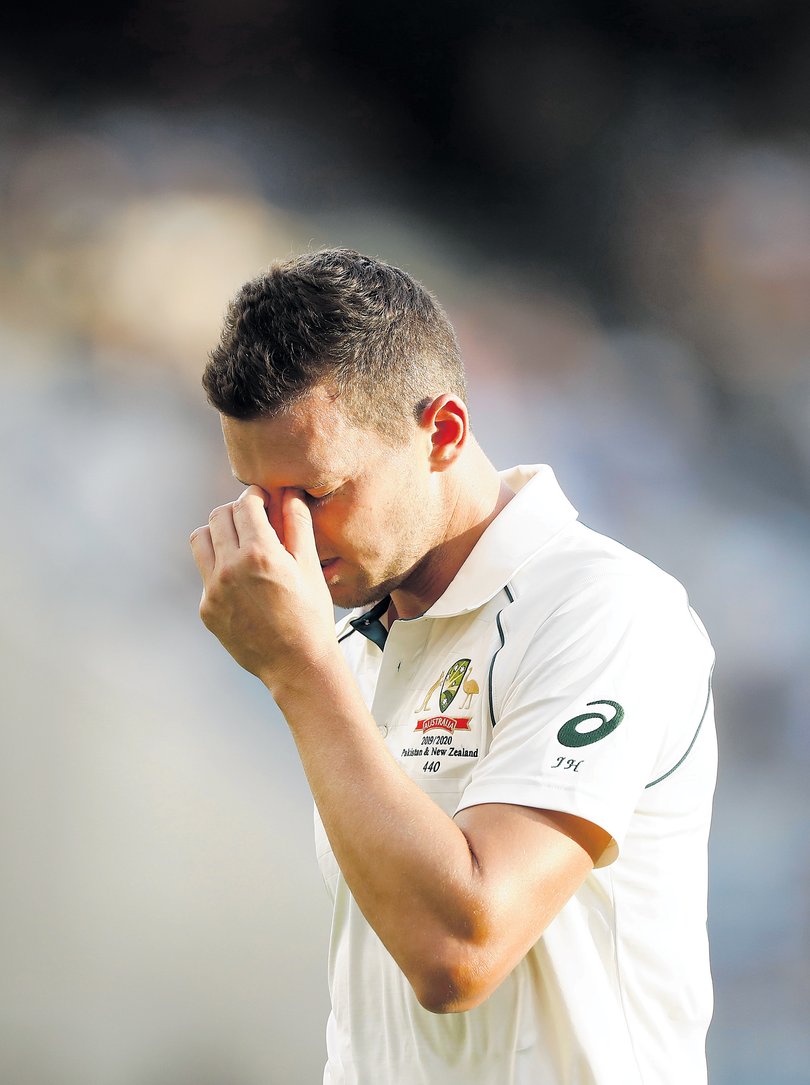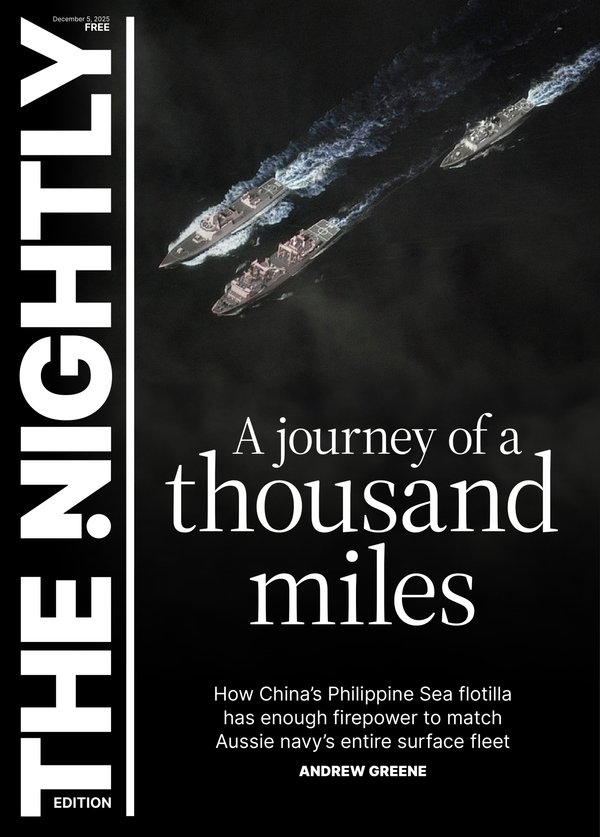Mitchell Johnson: Josh Hazlewood’s injury rewrites the Ashes script as Australia lose two of their big three

Josh Hazlewood going down before the first Ashes Test is exactly the scenario I’ve been flagging for a while.
When your leaders are all in their mid-to-late 30s and have heavy workloads banked, the odds eventually turn on you.
While losing captain Pat Cummins to injury was already a blow, one injury to a frontline quick is manageable. Losing two out of the big three starts to rewrite the whole script for the Ashes.
Sign up to The Nightly's newsletters.
Get the first look at the digital newspaper, curated daily stories and breaking headlines delivered to your inbox.
By continuing you agree to our Terms and Privacy Policy.It narrows Australia’s margin for error, and it forces selectors into decisions they’d hoped they wouldn’t have to make this early in the summer.
England will be watching the developments in the Australian camp closely. They’ll be pleased, of course, but probably a touch frustrated too, because their spearhead Mark Wood is under his own injury cloud.
Both sides know their attacks are the heartbeat of their chances. Australia have built so much of their identity around Cummins, Hazlewood, and Mitchell Starc, with Scott Boland floating as the reliable extra piece.
Now the selectors have to take a genuine gamble, either on the uncapped Brendan Doggett, who is a quality bowler but untested at this level, or on Michael Neser, who has a brilliant first-class record but hasn’t yet been backed as a like-for-like replacement. It’s the sort of scenario that exposes the age profile of the squad more than anything else.

And when those injuries land right before the biggest series we play, the ripple effects hit every part of the XI. The loss of Hazlewood even raises the question of how the selectors think about the top order.
I still believe Jake Weatherald should be given the opportunity to debut and open the batting. He’s earned it. But losing another senior bowler might cause a rethink. Do they want more experience in the batting group to balance the risk with the ball? Or do they finally trust the next generation to carry some of the load?
For me, you go brave. Pick the form opener. Back the next quick who deserves the shot. But this is exactly the moment Australia didn’t want, and now we get to see how bold they really are.
The alarm bells are now ringing loud and clear regarding the future. Before Hazlewood went down, the Aussies were going to begin the Ashes with bowlers aged 38, 36, 35 and 34. That attack of Lyon, Boland, Starc and Hazlewood are all older than I was when I retired from international cricket.
While Hazlewood’s form has been good in the white-ball formats, his ability to get through a summer has been in question for a while now. Once you hit that age as a bowler, trust me, the niggles aren’t just “niggles”. They’re warnings.

And Hazlewood’s had a rough run the past few summers. He’s world-class, no debate there. But durability becomes part of the selection equation, whether anyone wants to admit it or not.
The stability of Australia’s four Test bowlers for so long has been a strength but now exposes the void behind them.
What used to be Australia’s biggest strength, the quality and experience of the fast-bowling group, can quickly turn into a weakness when two senior players fall over. This isn’t criticism. I had my time. I’m not trying to grab headlines. I’m simply looking at the situation through a clear lens.
Australia do have cover in Doggett, a handful of other Sheffield Shield quicks, and some emerging spinners. But they’re almost all uncapped. And while I trust that anyone getting a baggy green would give absolutely everything, the lack of Test exposure is real.
Players in the moment don’t think about “what ifs.” You’re preparing to rip in. But selectors must think that way. That’s literally their job.
Another interesting layer to this is how little the Australian bowling attack has been pushed over long periods in recent years. Dominance and pitches that lend themselves to short Test matches can hide workload realities.
Australia usually take wickets in clusters, bowl 60-70 overs, job done. They haven’t often been forced into long, grinding shifts where quicks bowl 25 overs a day for two or three straight days.
If England’s ‘Bazball’ finally gets the balance right — and that’s a big if and they decide to value time in the game instead of chasing 300 runs in 50 overs - they can keep this Aussie attack out there for long spells.
An ageing spin bowler and an ageing and depleted pace unit under sustained pressure isn’t something we’ve seen tested in a while. That could be the deciding factor across this series.

So where does this leave Australia? I still feel they can win, but not without some uncertainty.
However, some in the Australian Test team sit at a point where age, injury, and form are genuine talking points. Regardless of how the five Tests against the old enemy pan out, the selectors have big calls to make soon. And those calls have to be made with the future in mind, not just loyalty to the past.
This summer could define when Australia’s next era truly begins.

